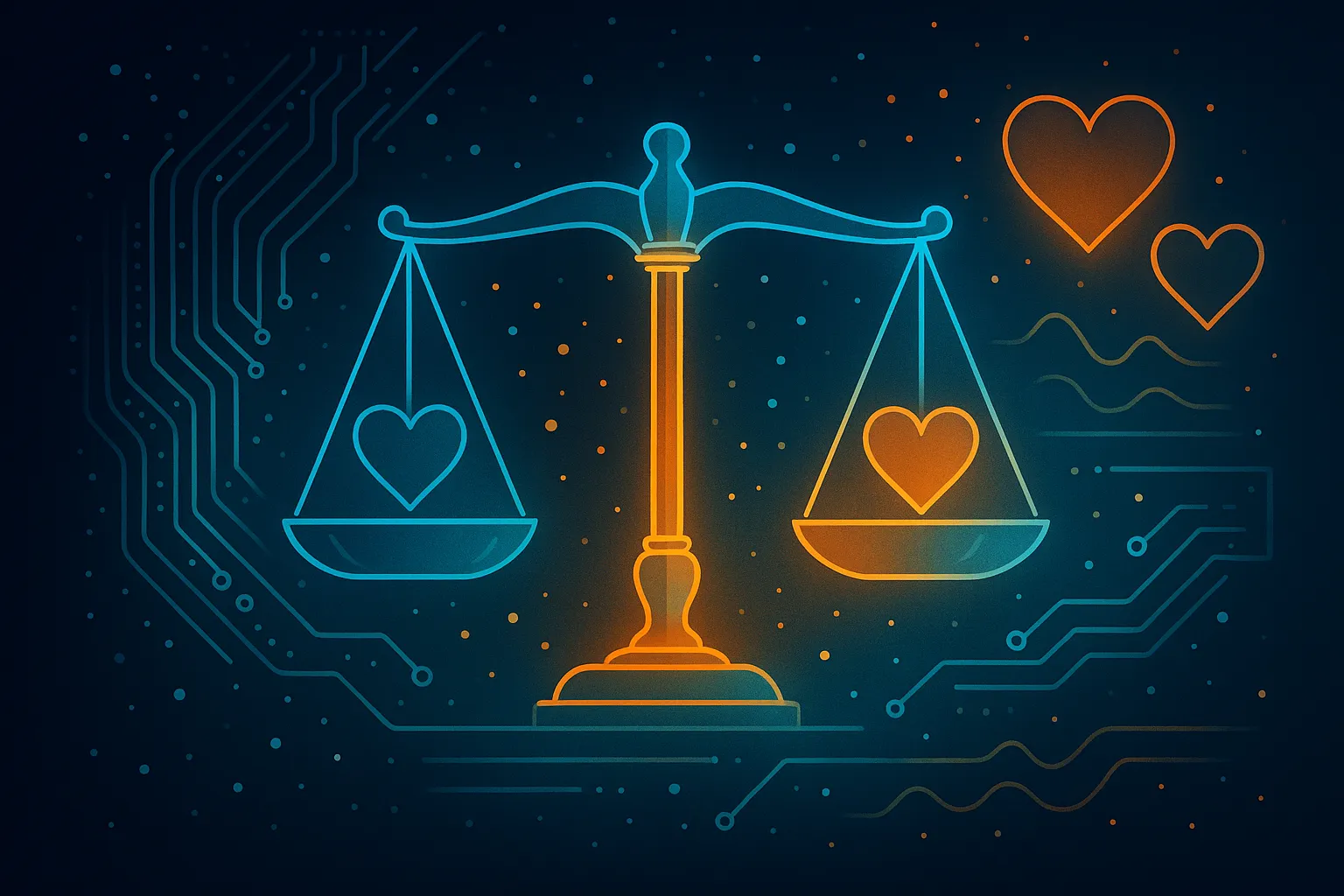
Ethics, Fairness & Player Well‑Being
Algorithms shape competitive gaming by recommending plays, ranking players and allocating attention. These AI systems rely on classification, regression and clustering methods to analyse skill, predict outcomes and craft strategies. If data are biased or opaque, ranking engines can unfairly favour certain play styles or regions. Transparent models and explainable AI are essential to maintain competitive integrity and ensure that training tools support rather than distort fair play.
Player well‑being is another critical consideration. Training regimes augmented with predictive analytics optimise practice schedules, monitor fatigue and even detect signs of burnout or depression through behavioural cues. Wearable sensors and computer vision track posture and reaction times, while chatbots offer cognitive behavioural coaching. Yet continuous monitoring can invade privacy and blur the boundaries between work and personal life. Athletes must have control over how their data are collected and used.
Recent controversies highlight the stakes. Some ranking algorithms have been accused of reinforcing existing hierarchies by weighting traditional metrics over emerging styles, prompting calls for audits and oversight. Automated anti‑cheat systems have erroneously flagged legitimate players based on anomalous patterns, leading to bans that damage careers. At the same time, initiatives like the Professional Gamers League’s player wellness programme use AI to personalise nutrition and mental health resources, demonstrating responsible applications.
To build a healthy esports ecosystem, stakeholders should adopt ethical frameworks that centre fairness, privacy and human agency. Independent reviews can identify biases and unintended consequences before deployment. Regulations could require transparency in ranking systems and data usage, while unions and player associations ensure athletes have a voice in policy decisions. By coupling technological innovation with thoughtful governance, AI can enhance esports without compromising the well‑being of those who make it possible.